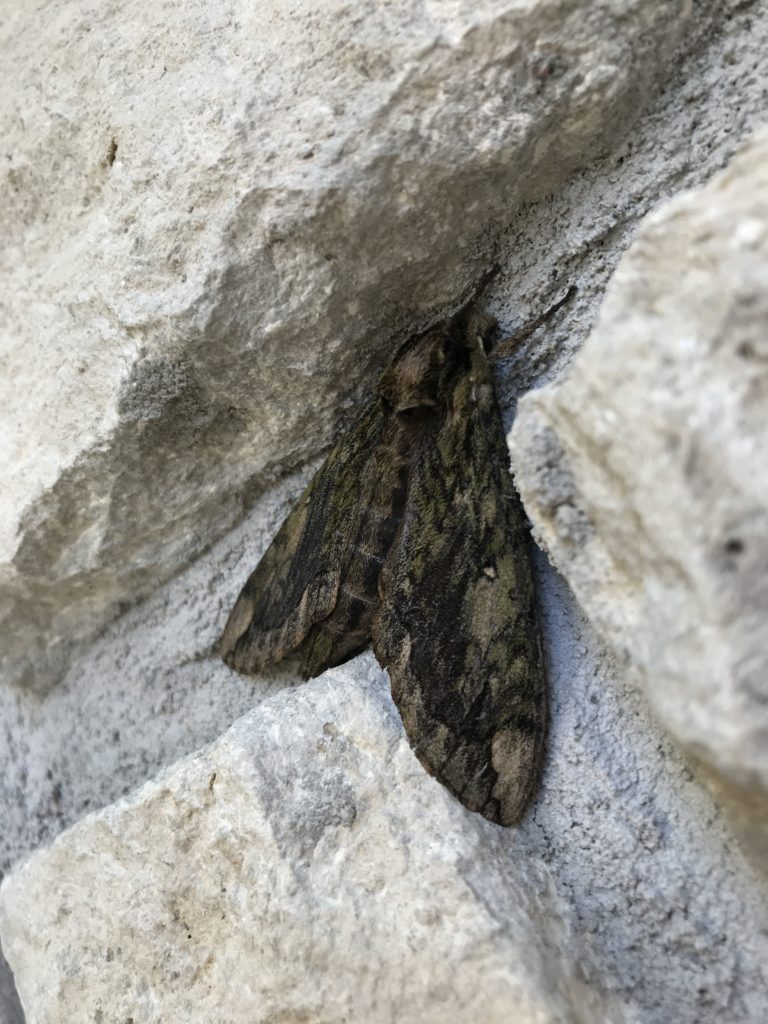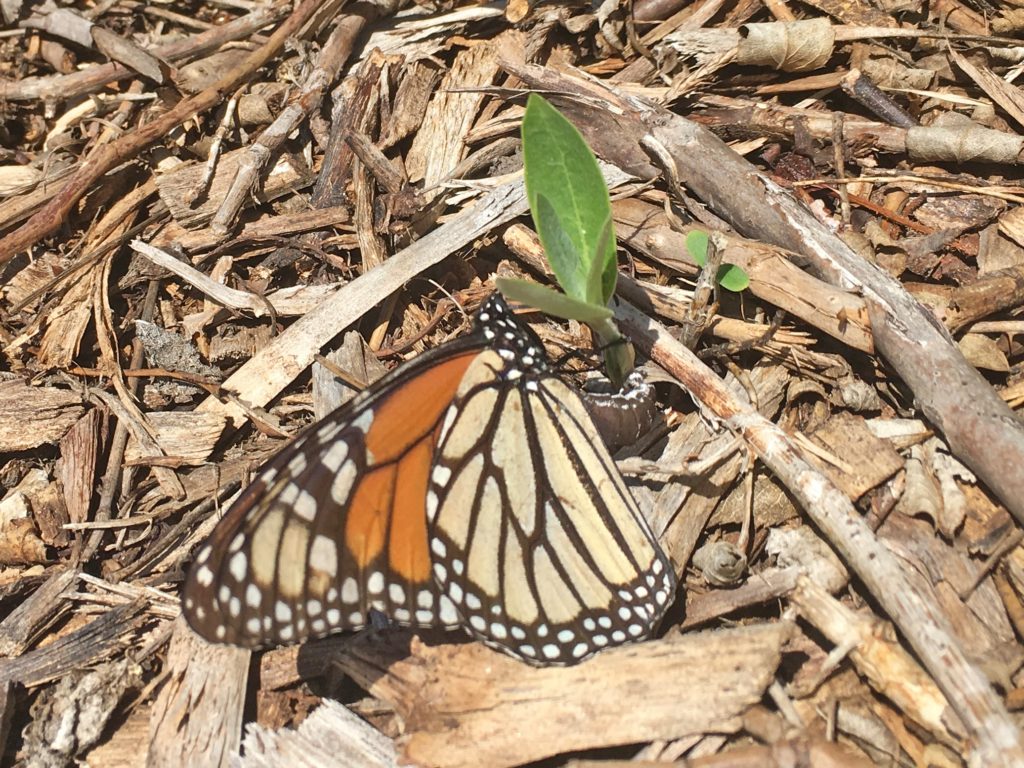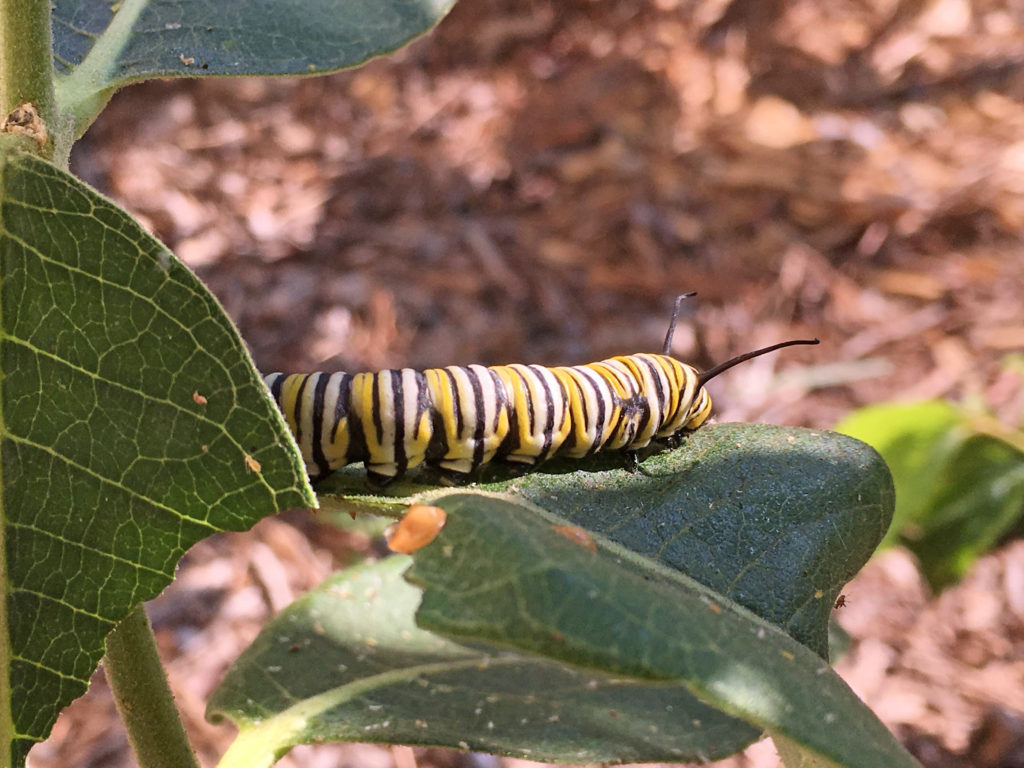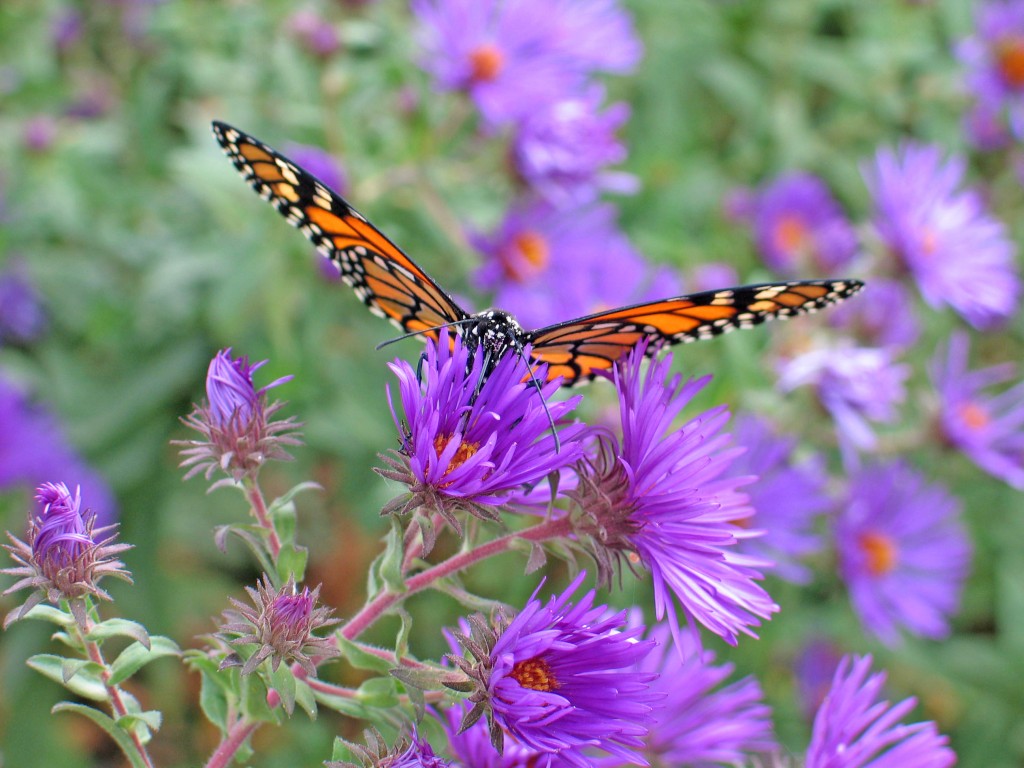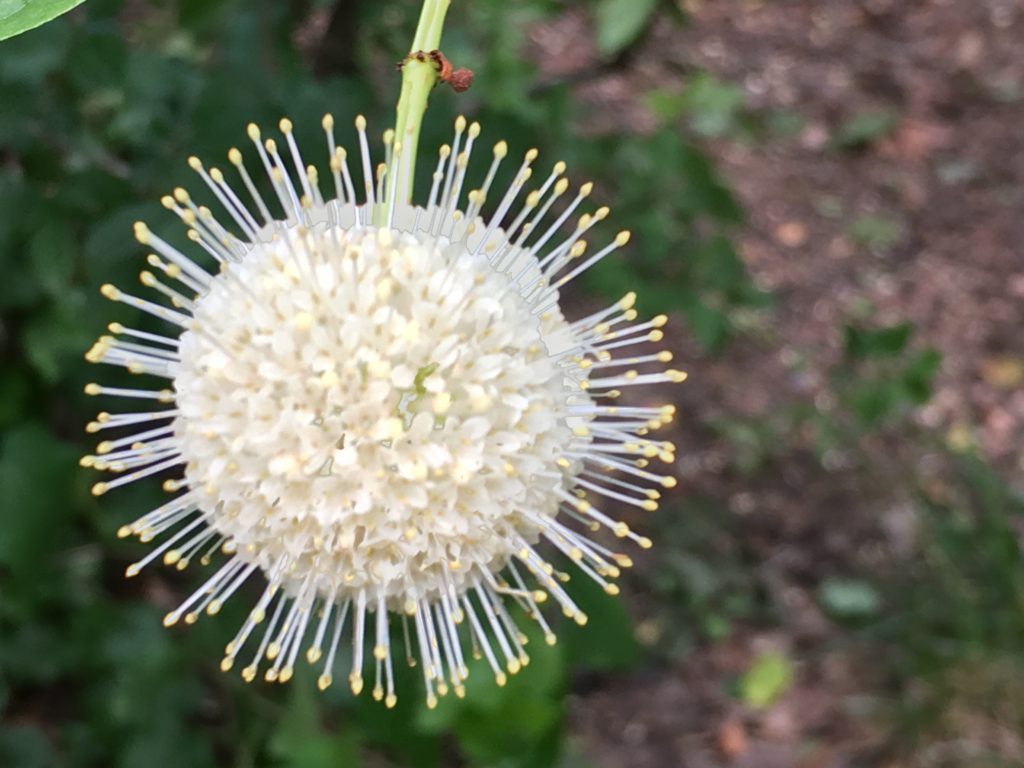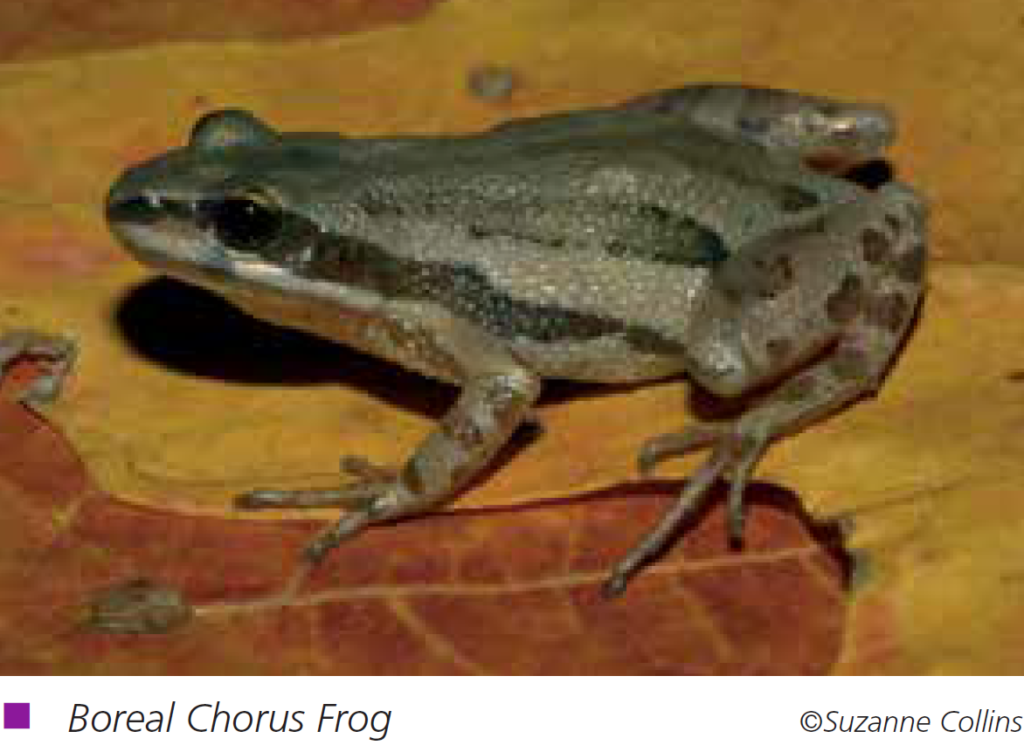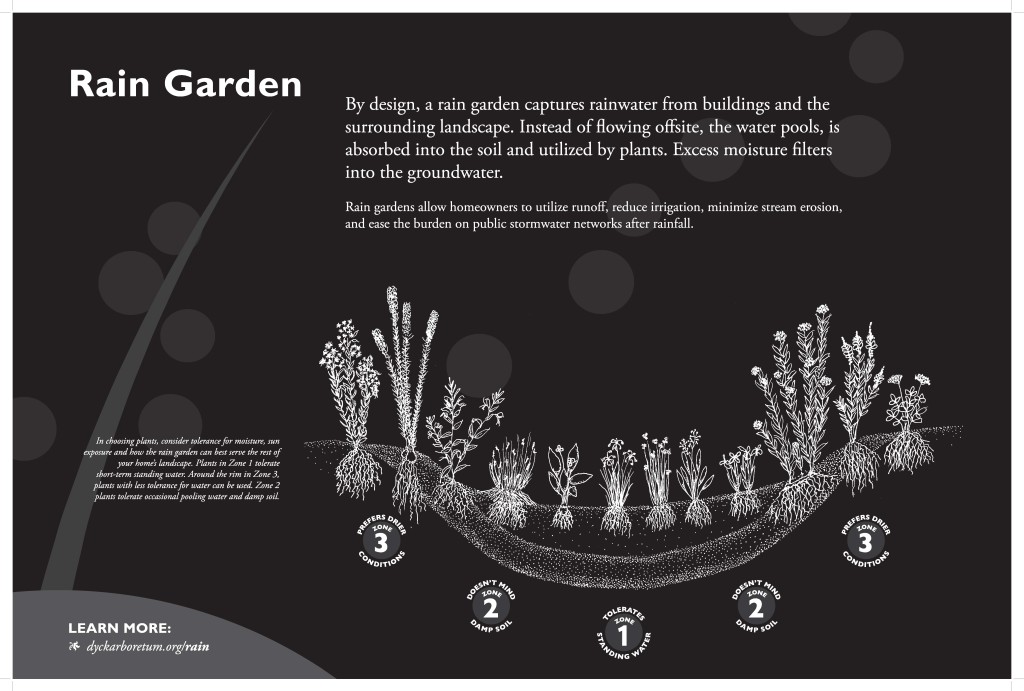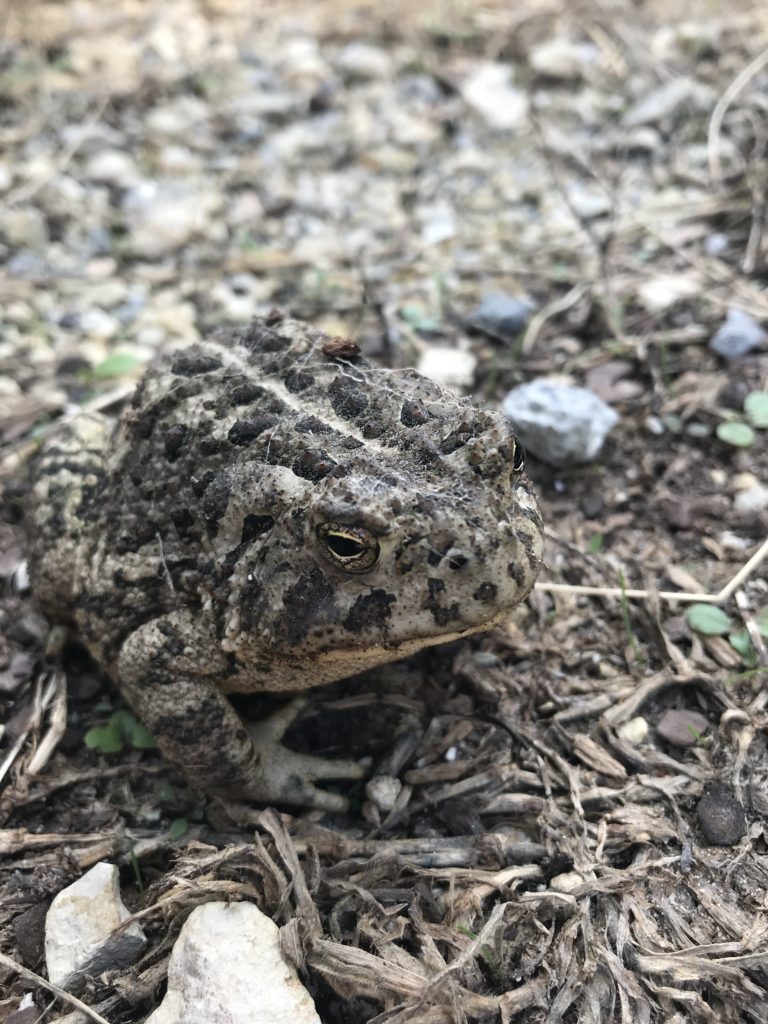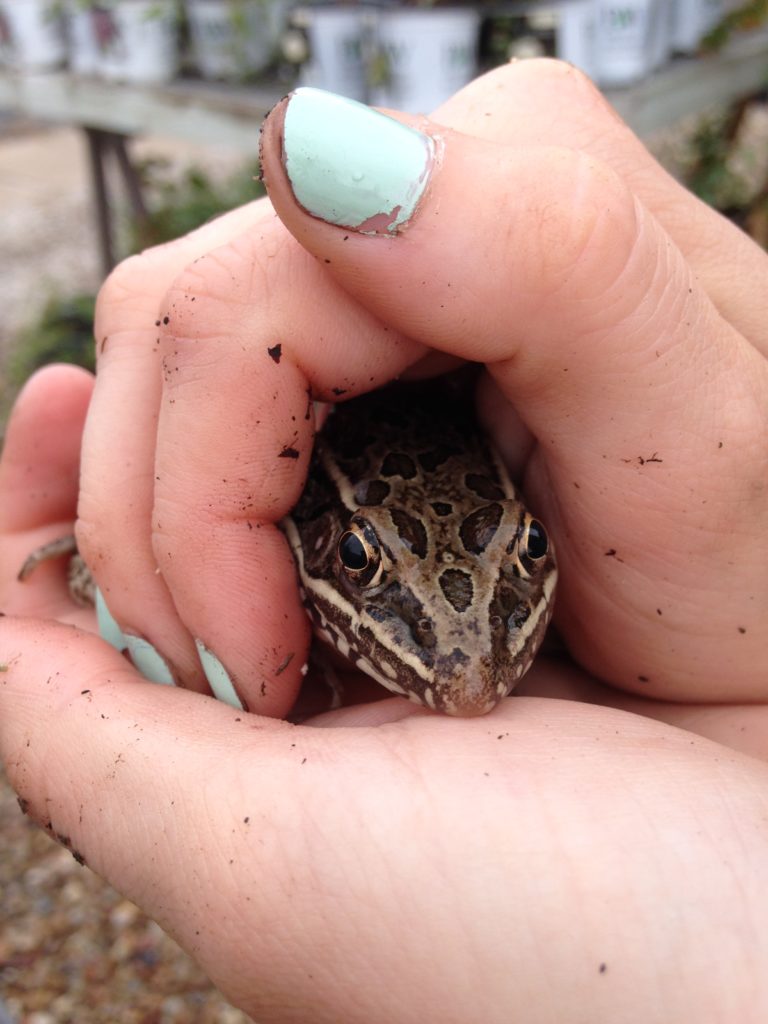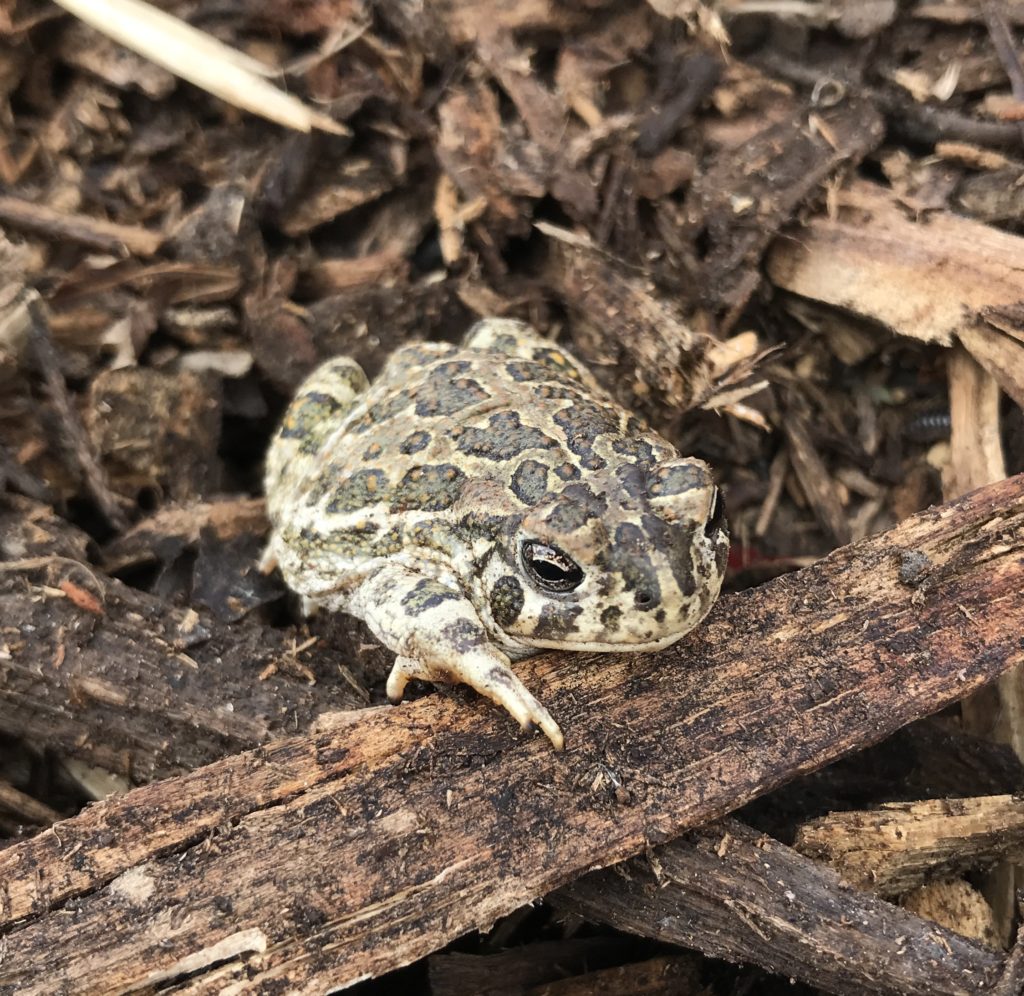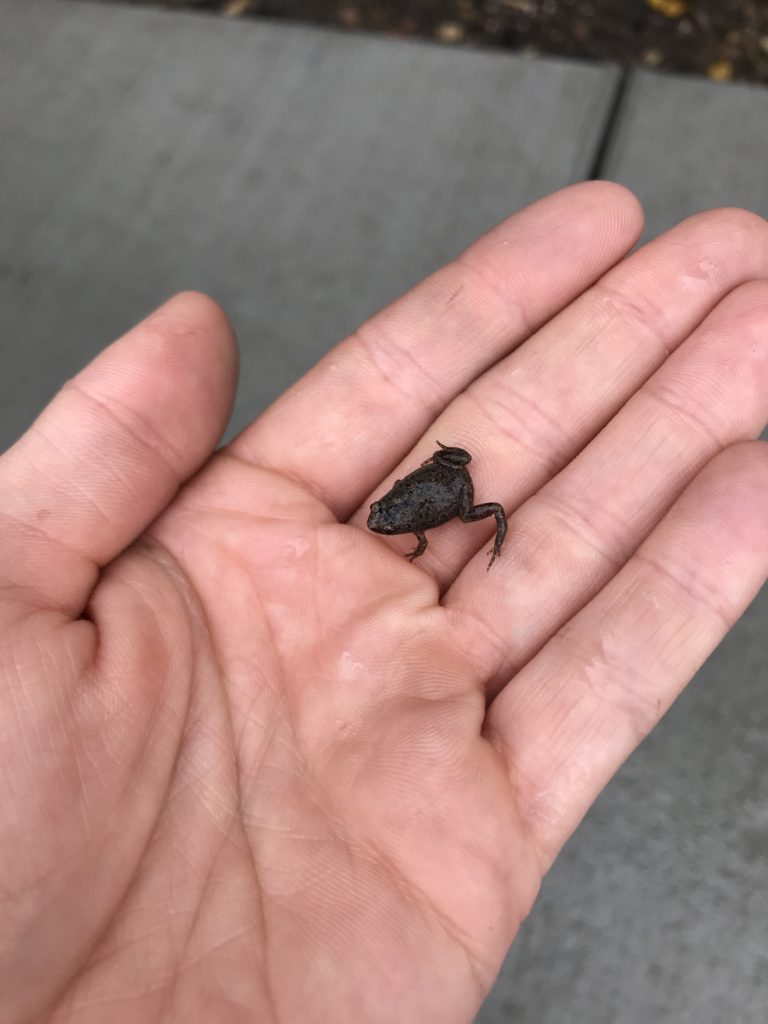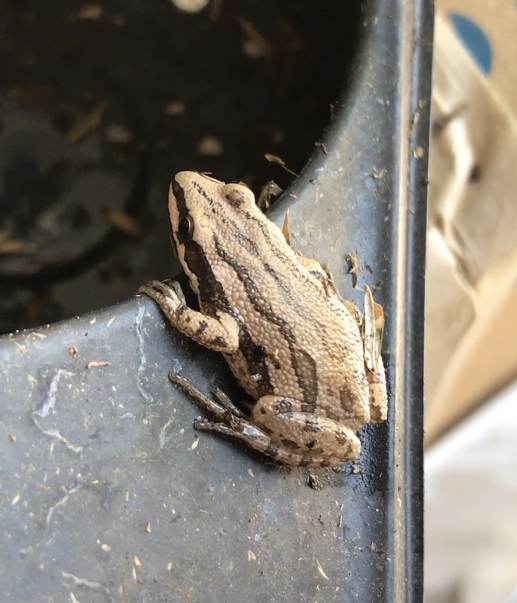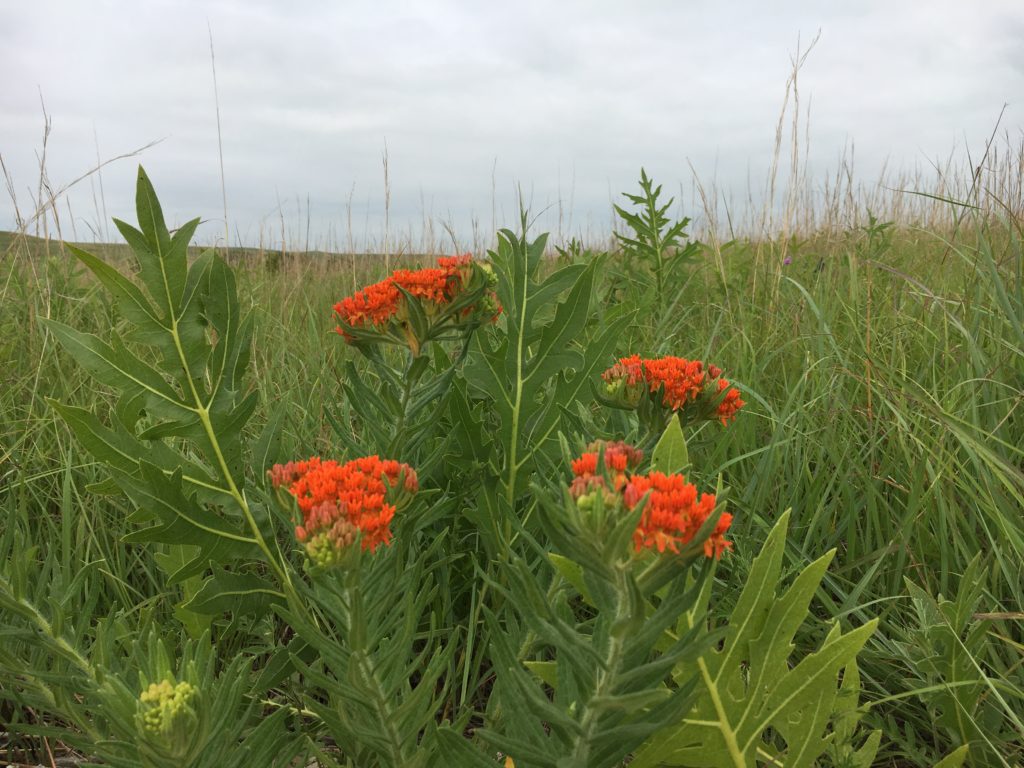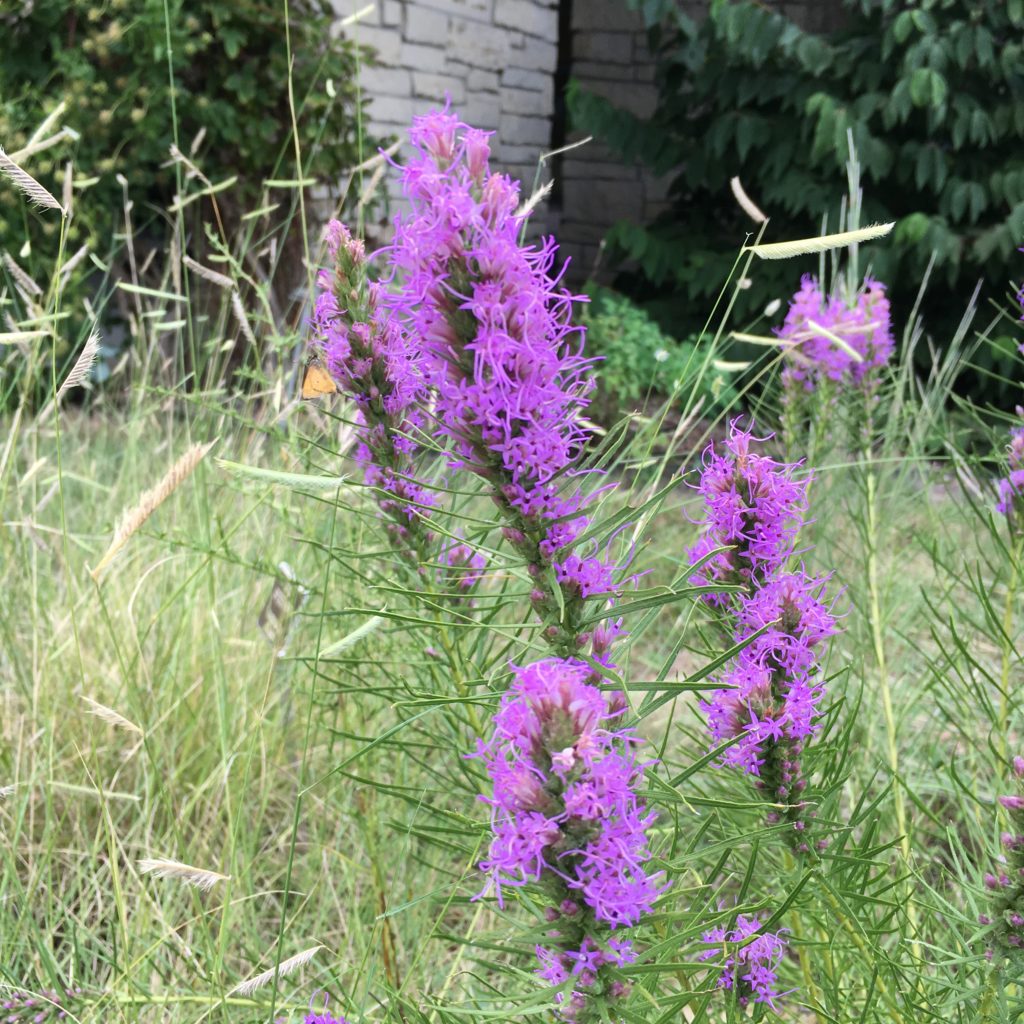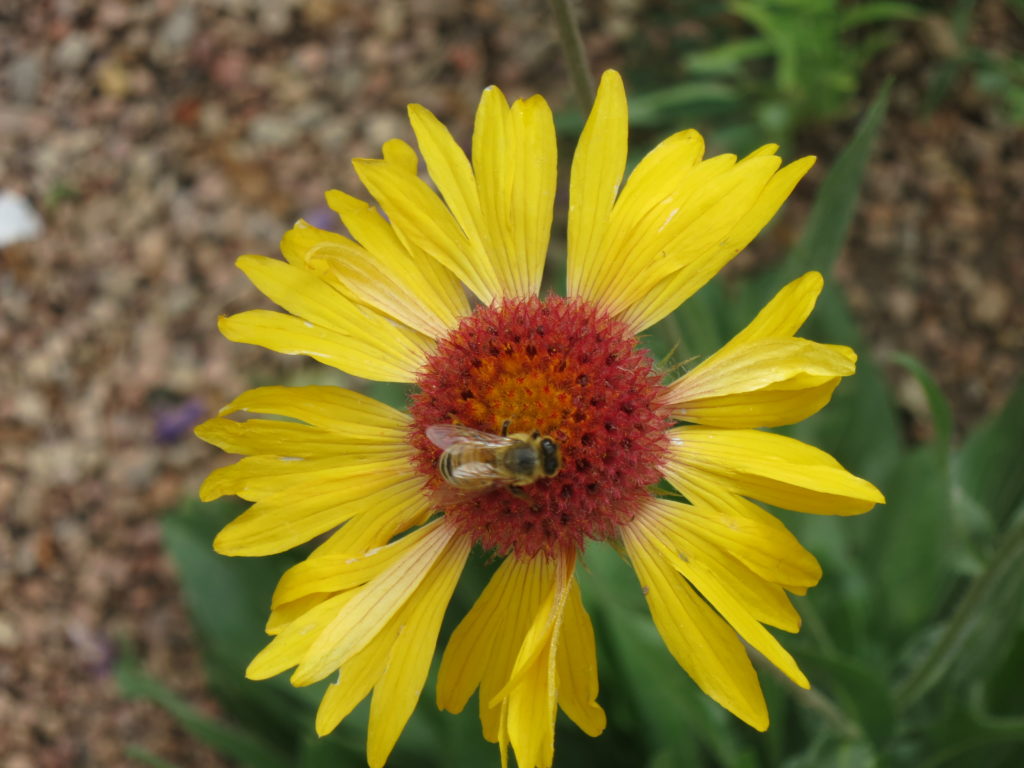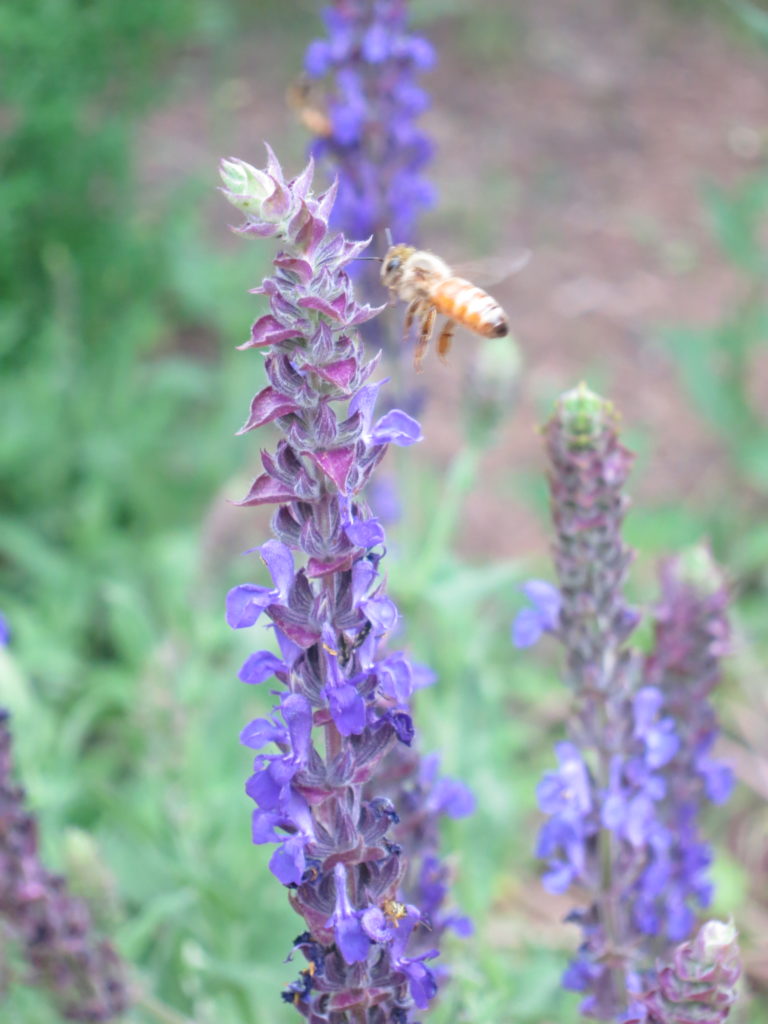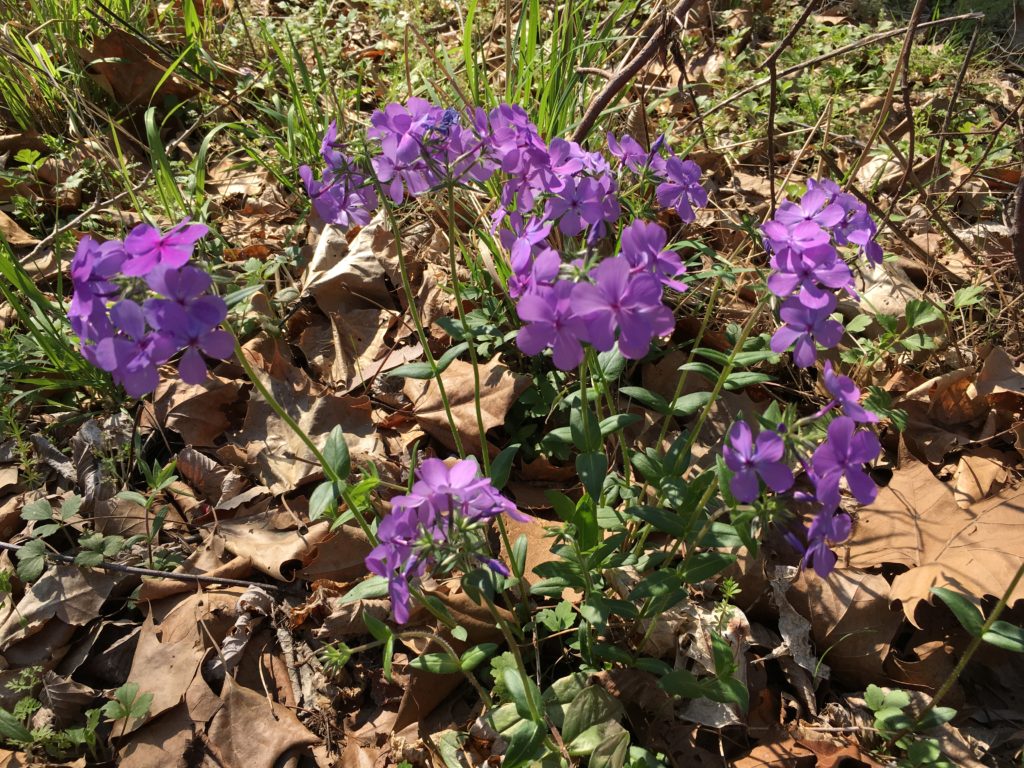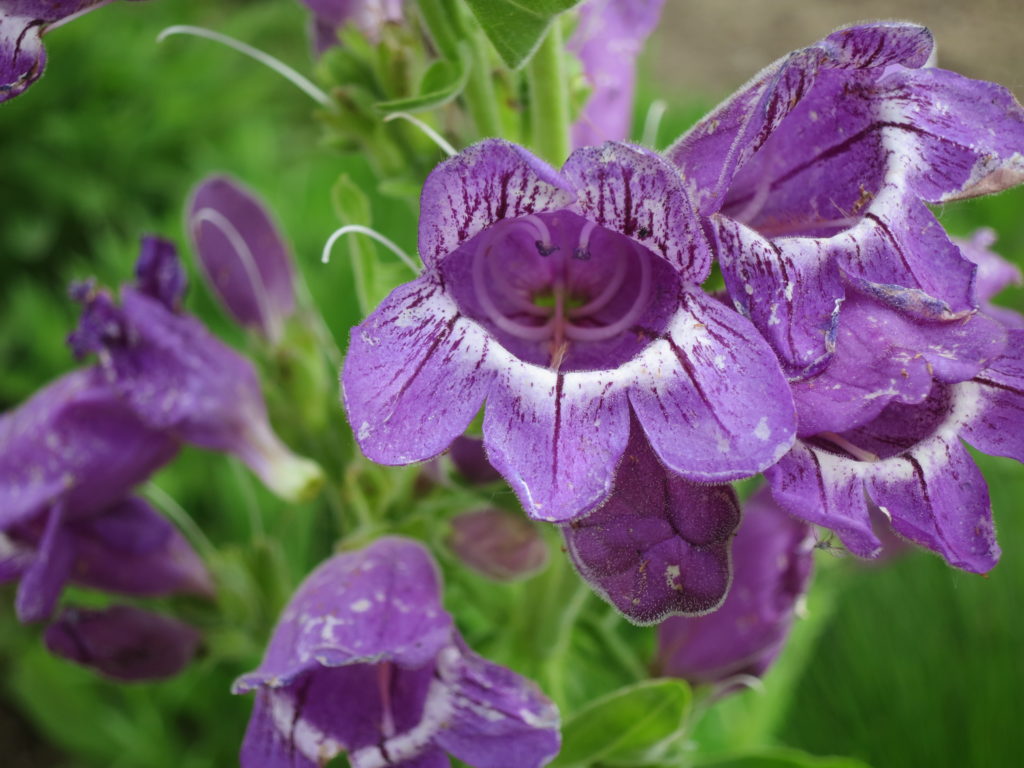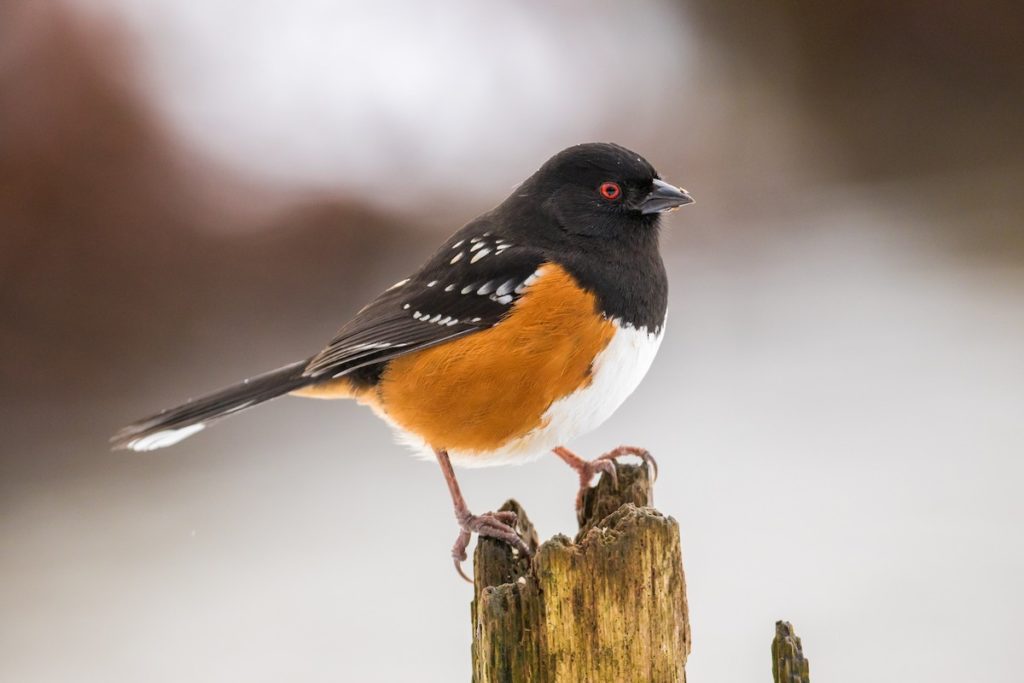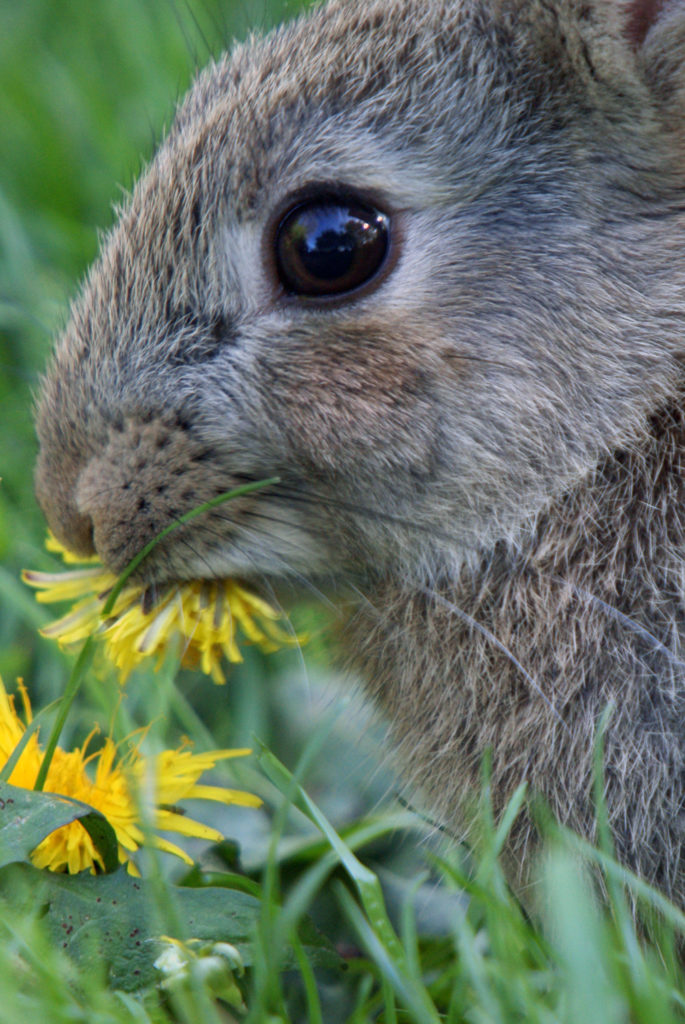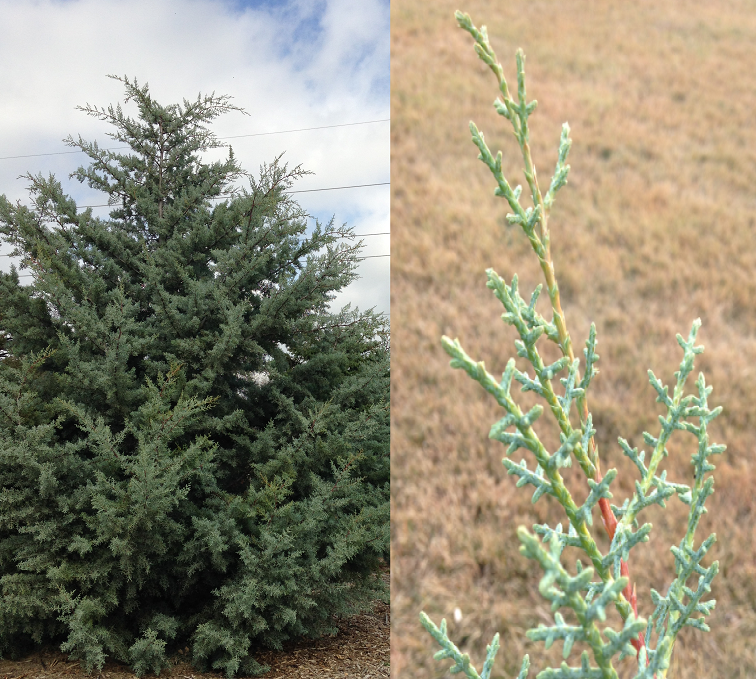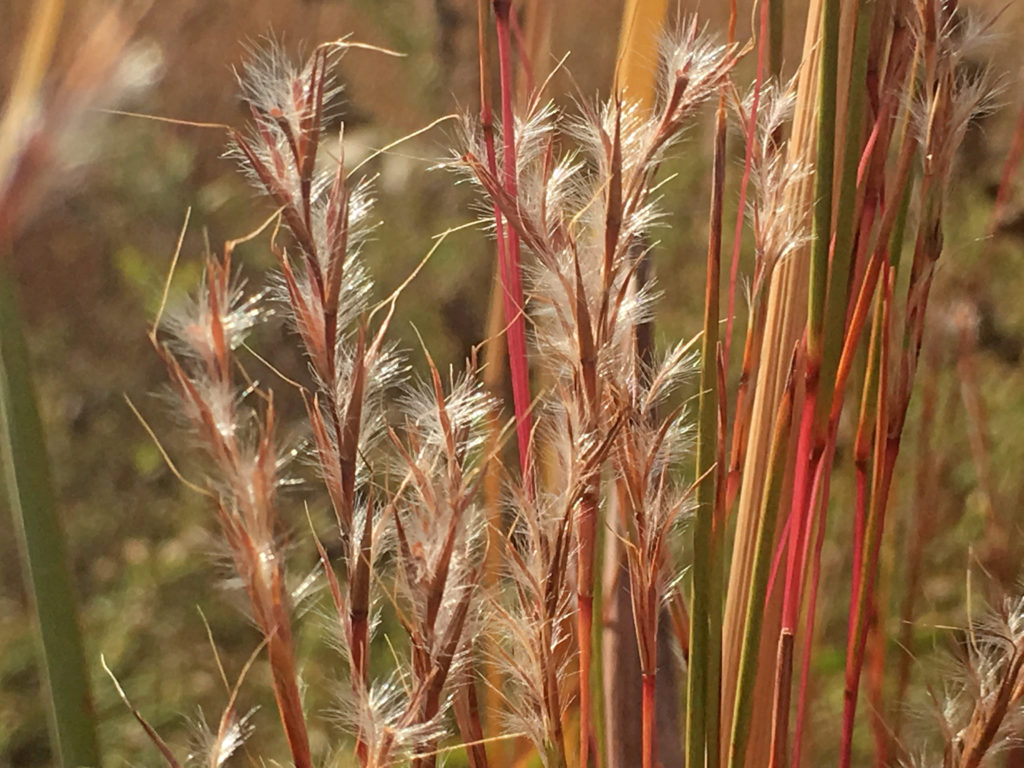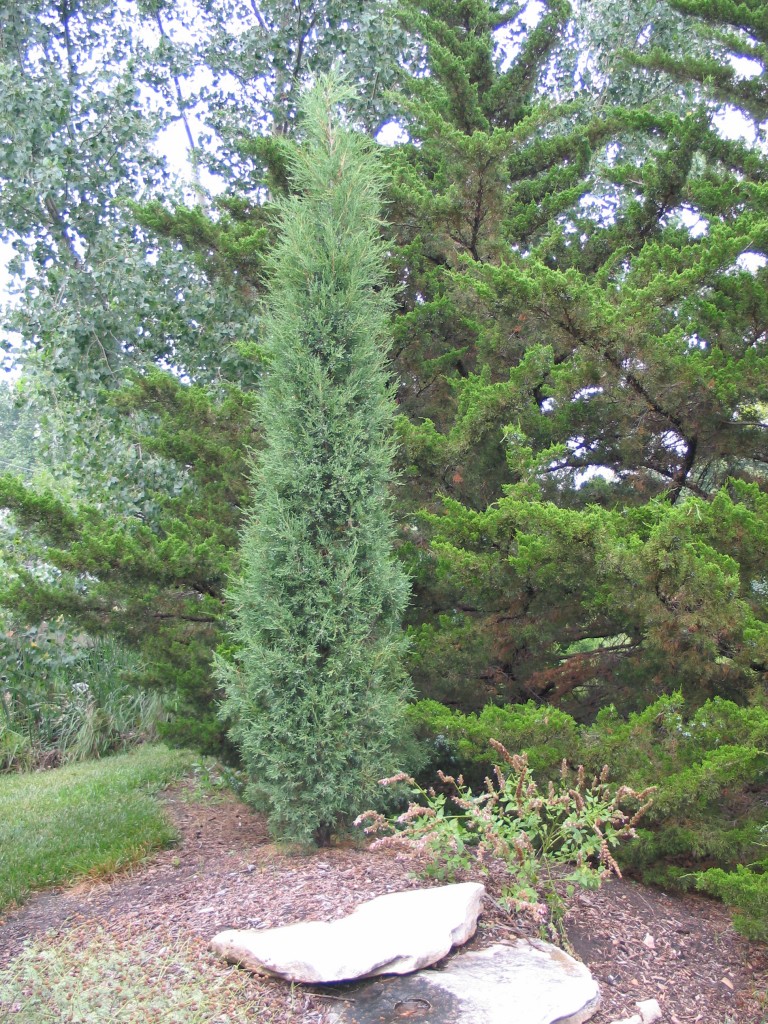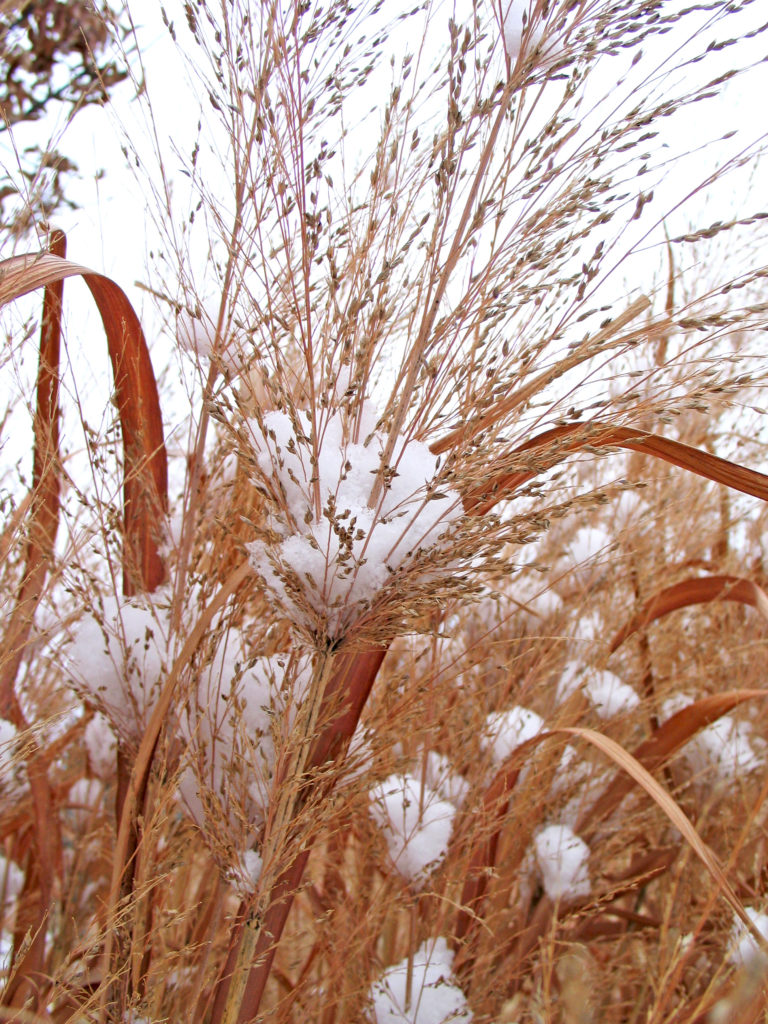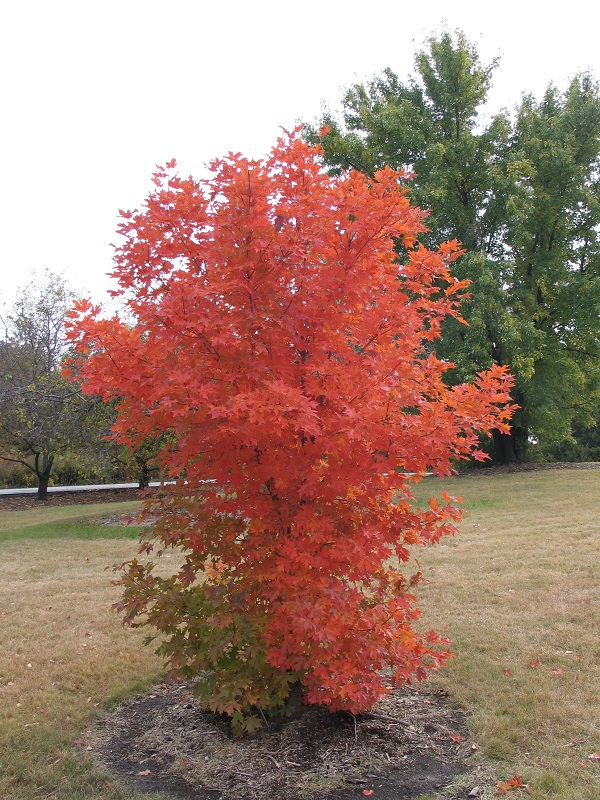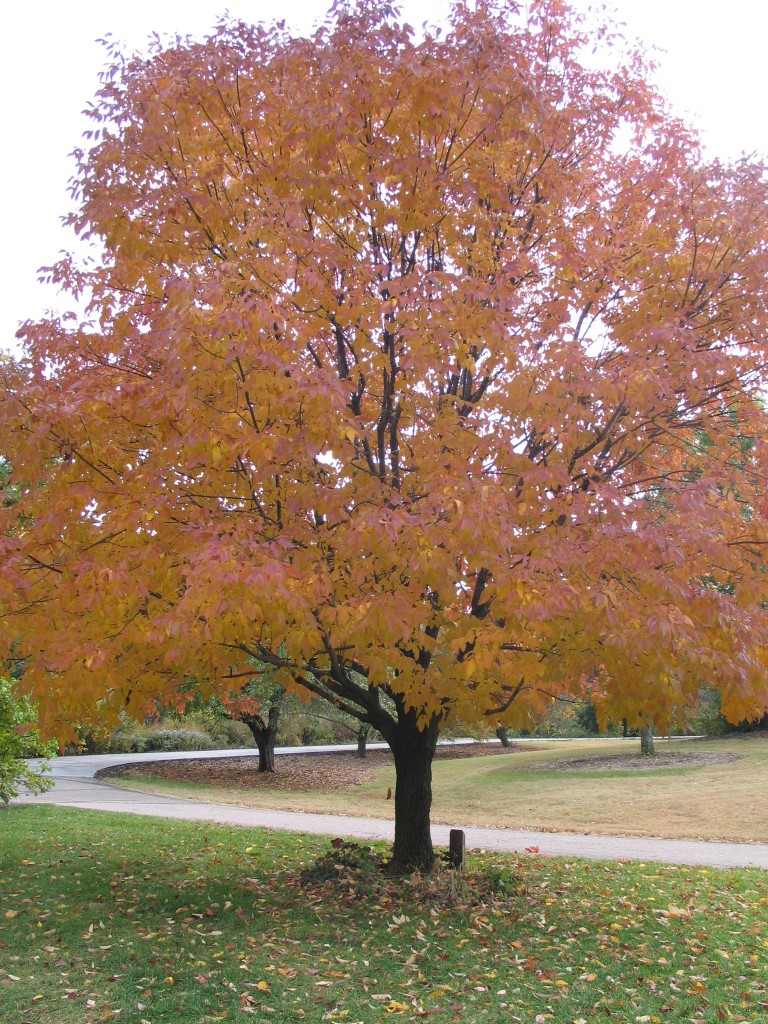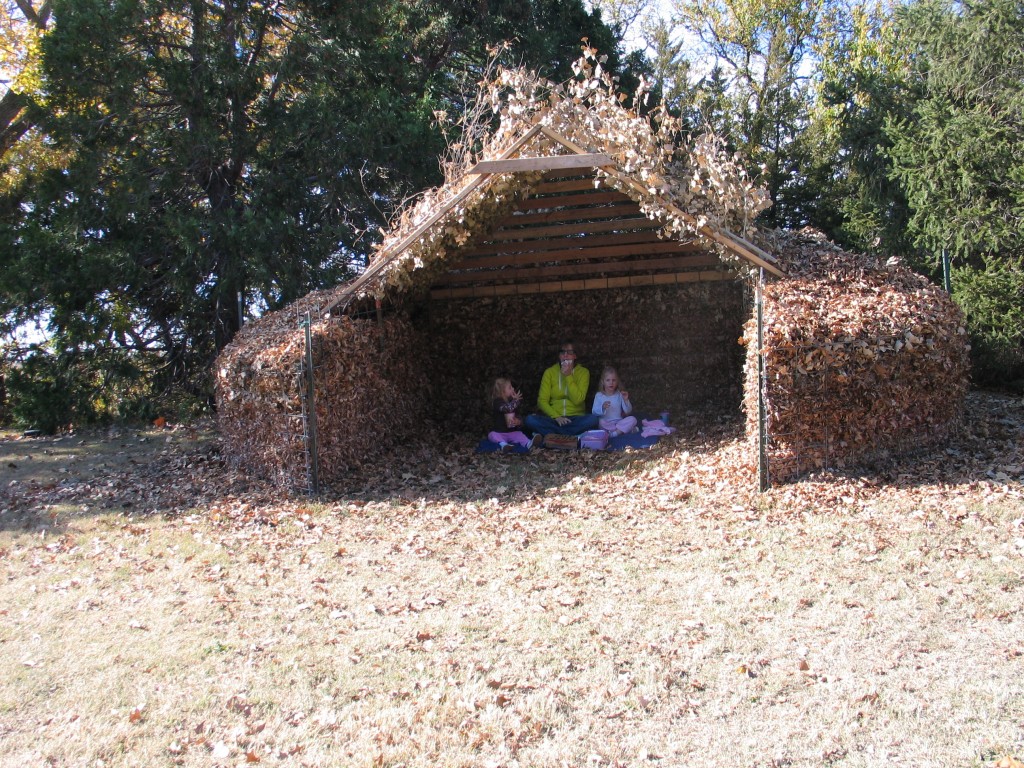Gardens of every size are important to wildlife, including pollinators. A patchwork of small native plant gardens throughout our cities and towns are the harbor for migrating pollinators or permanent residents to our area. They provide habitat, a safe haven and vital food for survival.
From vignettes such as balcony gardens or a corner in your backyard to larger prairie reconstructions, each garden can be a critical stopover for wildlife. Large or small, a collective effort to establish native plants in landscapes can make a tremendous difference.
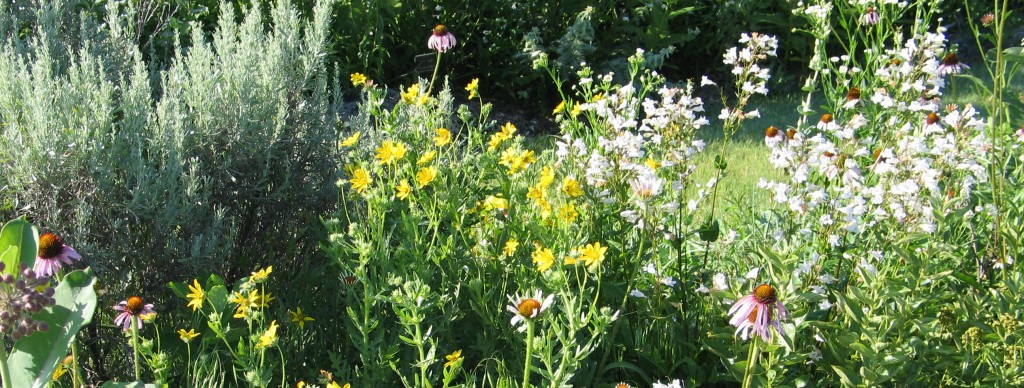
Besides the good they do for wildlife, native plants build the soil, clean water, and filter the air. They are good news for everyone and every thing on this earth. For these reasons, we have put together some custom native plant kits for a variety of garden conditions. Whether you are new to the prairie scene, these kits can be used to get a running start on your next native habitat.
Sunny Rain Garden Kit
(full sun, wet to medium soil moisture)
Do you have a wet section in your yard? These wet-loving natives will do just fine. From late spring to fall, these wildflowers will provide a succession of blooms and even look attractive through the winter.

Spring Woodland Kit
(shade/part sun, medium soil moisture)
These delicate beauties are at home in any woodland setting. We have included a couple groundcovers that will spread to slowing fill in your area. Be rewarded each year by these spring wildflowers.

Three Seasons Pollinator Kit
(full sun, medium to dry soil moisture)
This garden will provide season long nectar for some of your favorite butterflies, bees and other pollinators. Some host plants are also included. Plant these natives in any sunny spot in your yard.

Whatever your motivations for using natives, you will also be rewarded with a renewed connection with the nature. You will not have an ordinary landscape, but one that helps the birds and pollinators you are concerned about. Why not turn your landscape into something that makes a real difference?
To order these garden kits and other plants available for pick-up from our greenhouse, visit our FloraKansas Native Plant Festival page. We look forward to helping you get to know these plants!



